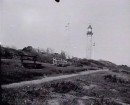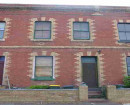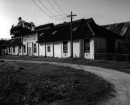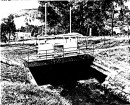FORMER OLD MELBOURNE GAOL BURIAL MARKERS
BEACH ROAD BRIGHTON (OPP NEW STREET), BAYSIDE CITY
-
Add to tour
You must log in to do that.
-
Share
-
Shortlist place
You must log in to do that.
- Download report





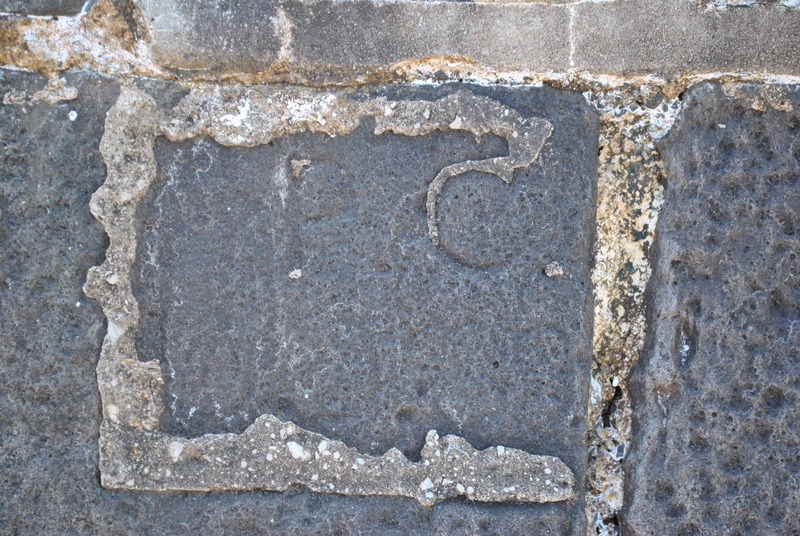
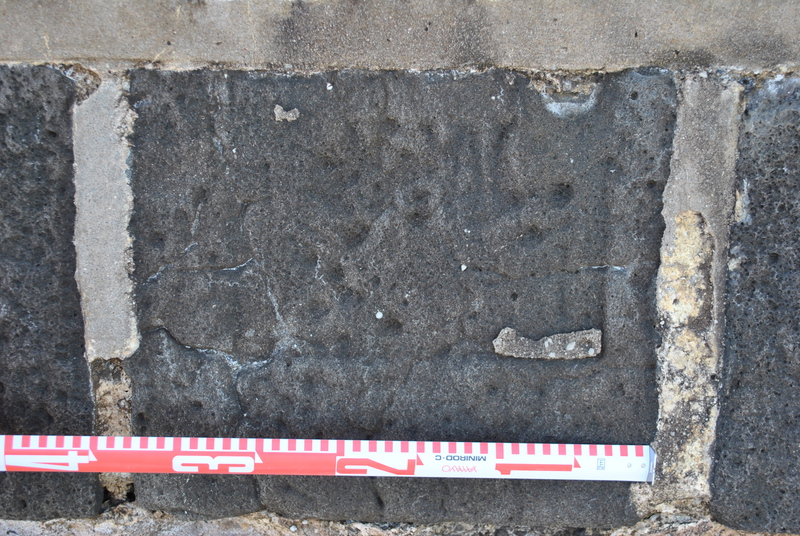
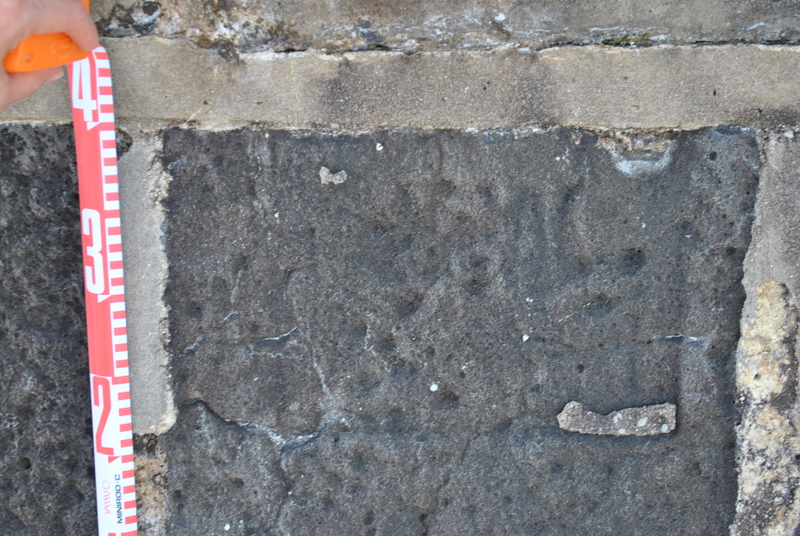
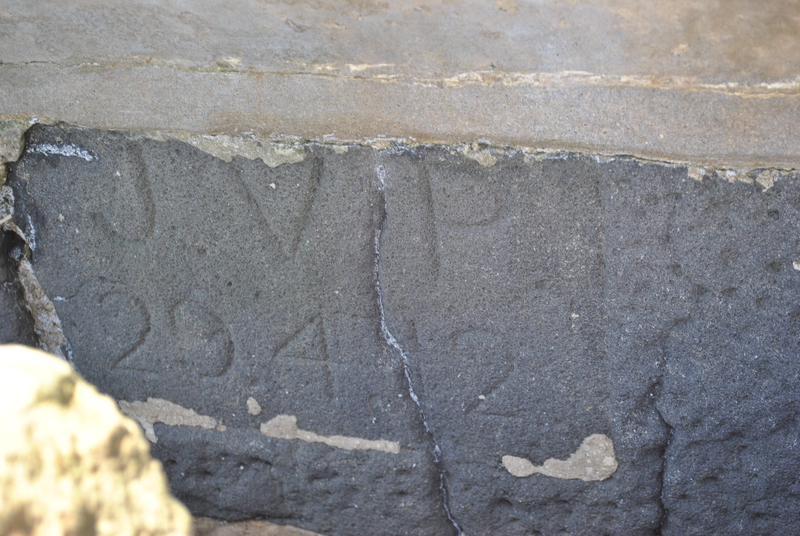
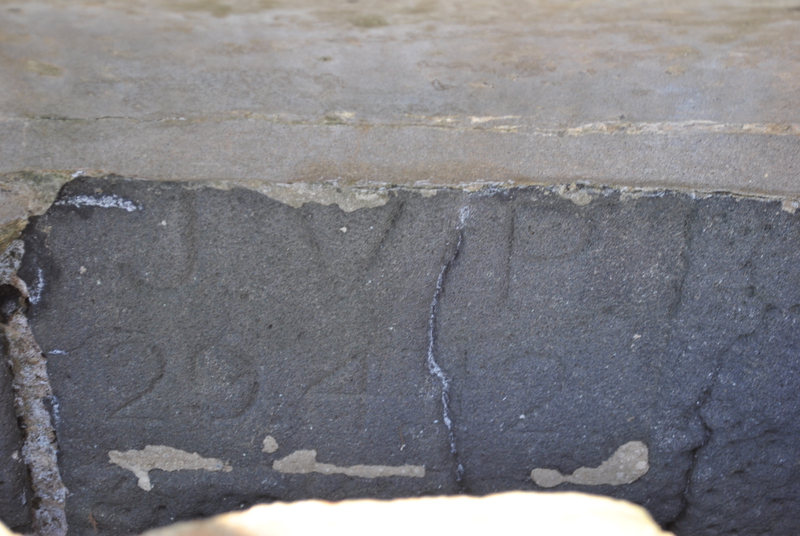
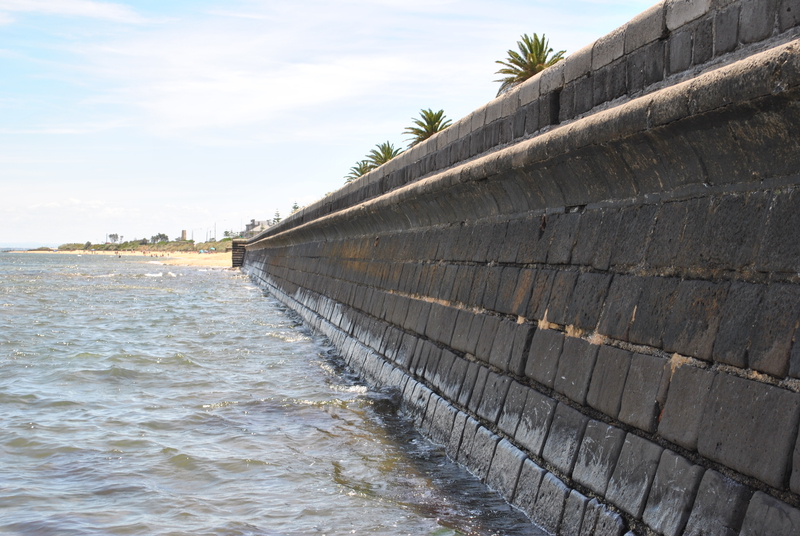
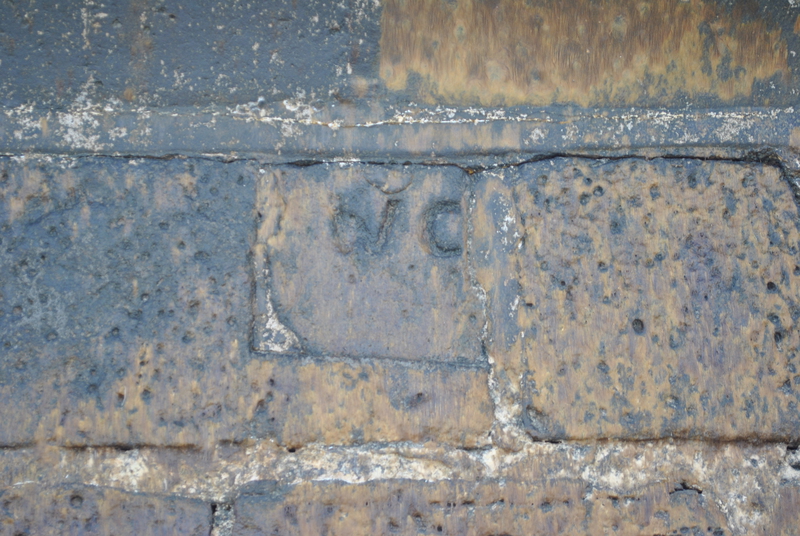
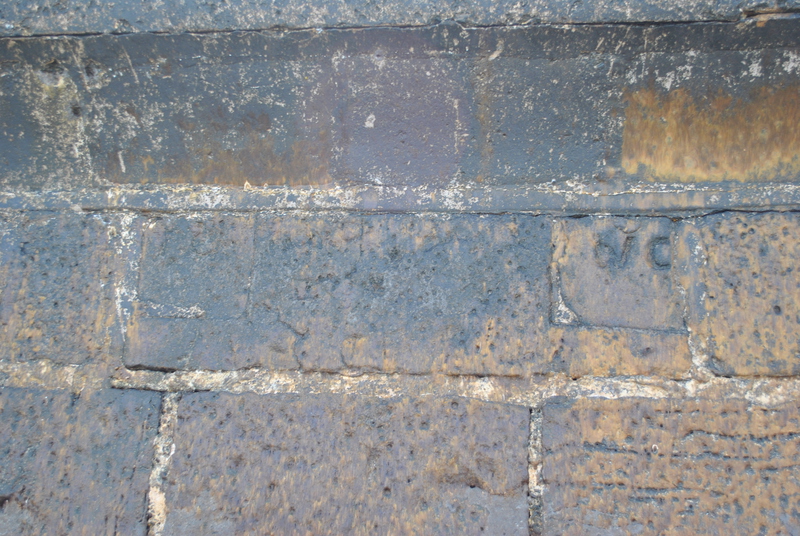
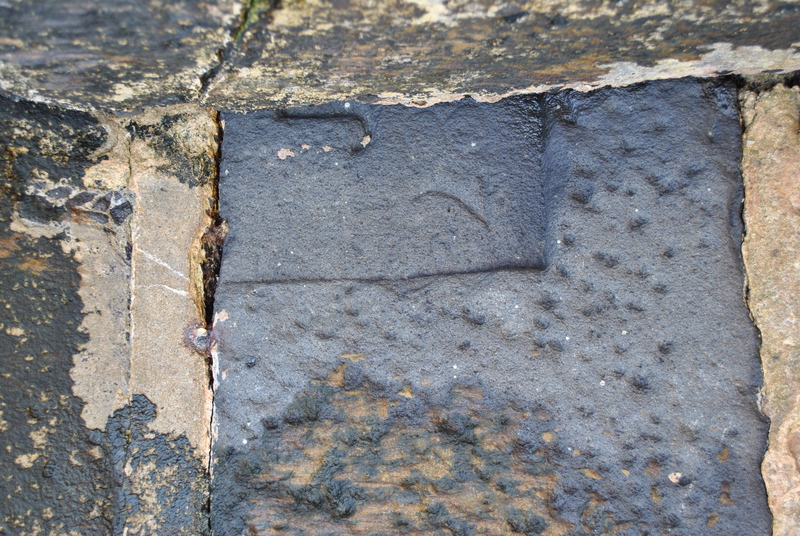
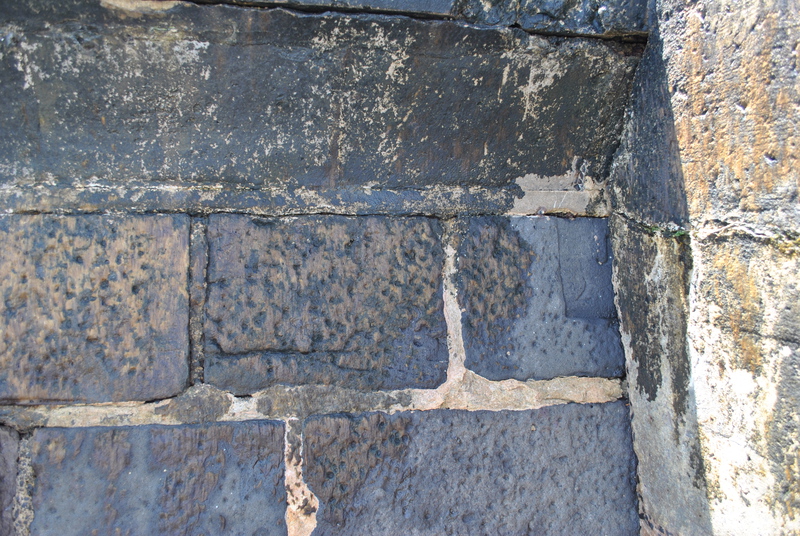
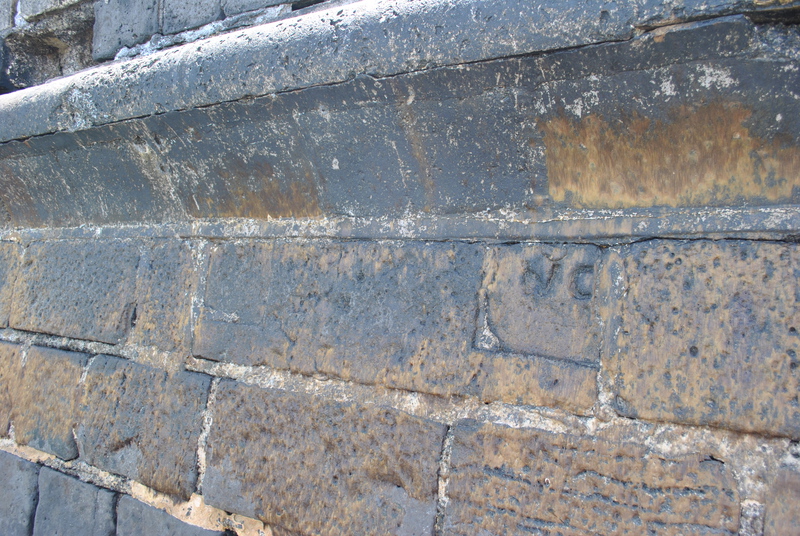
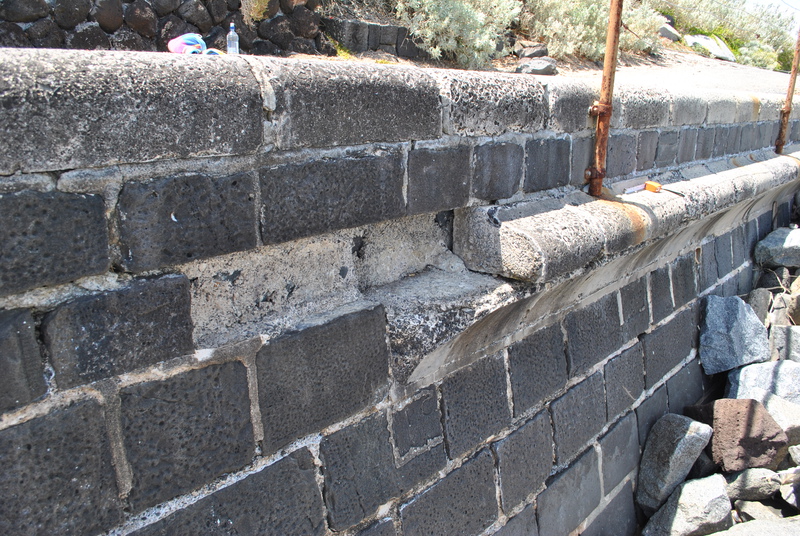
Statement of Significance
What is significant?
The bluestone sea wall along the Brighton beach foreshore contains blocks that originally formed part of the Old Melbourne Gaol. The bluestone blocks were reused in the construction of the sea wall, following the closure of the gaol and the dismantling of some walls in the 1920s and in 1937.
Some of the bluestones are carved with the initials and date of execution of former inmates, who were hanged and buried at the Old Melbourne Gaol. Executed inmates at the gaol were not given tombstones, but their burial locations were marked by the carving of their initials and dates of execution into the bluestone blocks directly adjacent to their burial sites.
The Brighton Beach sea wall contains the largest number (six) of known former Old Melbourne Gaol bluestone burial markers. It is likely that other markers exist in the sea wall between Brighton and Beaumaris. The bluestone blocks at Brighton Beach foreshore contain the initials of six executed inmates including: Philipi Castillo (executed 16.9.1889); John Wilson (23.3.1891); Joseph Pfeffer (29.4.1912); John Conder (28.3.1893); Fatta Chand (27.4.1891) and William Colston (24.8.1891).
The sea wall along the Brighton Beach foreshore was constructed as part of a public works initiative established to address unemployment.
How is it significant?
The former Old Melbourne Gaol Burial markers are of historical and archaeological significance to the State of Victoria.
Why is it significant?
The former Old Melbourne Gaol bluestone burial markers are of historical significance in their ability to demonstrate late 19th century and early 20th century prison practices. At that time executed inmates were not given tombstones or formally marked burial sites.
The former Old Melbourne Gaol burial markers are of historical significance for their special association with Victoria's late 19th and early 20th century criminal history.
The former Old Melbourne Gaol burial markers are of potential archaeological significance for the potential of currently unidentified burial markers, located in parts of buried sea wall or carvings facing the interior, to be located during works, development or natural sand shift.
The burial markers are of historical significance in their ability to contribute to an understanding of Department of Public Works programs generated to relieve local unemployment during the Great Depression. The Old Melbourne Gail bluestone walls, including the bluestones with the carvings, were demolished in 1929 and 1937. The bluestones were used as part of the sea wall in the Brighton Beach foreshore reserve, which was constructed as part of the Department of Public Works programs generated to relieve local unemployment.
-
-
FORMER OLD MELBOURNE GAOL BURIAL MARKERS - History
From the middle of the 1840s until 1924, the bodies of executed inmates were buried in the grounds of the Old Melbourne Gaol. The inmates were not given formal grave markers or headstones, but their initials and date of execution were carved in the bluestone wall adjacent to the burial plot.
After the closure of the gaol in 1924, the Working Man's College (now RMIT building) acquired part of the site. The bluestone wall enclosing the burial ground was demolished, in April 1929. The human remains which were rexhumed at this time were taken to Pentridge Prison, Coburg and buried in three mass graves at the site.
The bluestones were re-used in the construction of the sea wall along the Brighton Beach foreshore reserve, which was built as part of a public works initiative established to address unemployment.
The remains of six grave markers exist within a 25 metre expanse of the sea wall.
Other grave markers have been recorded elsewhere in Brighton (William Jones, executed 26.3.00), Frederick Jordan (20.8.94) and Martha Needle (22.10.94), and at Beaumaris (Charles Strange, 13.1.96) and Alfred Archer (21.11.98).
FORMER OLD MELBOURNE GAOL BURIAL MARKERS - Assessment Against Criteria
a. The historical importance, association with or relationship to Victoria's history of the place orobject
The former Old Melbourne Gaol burial markers are of historical significance for theirspecial association with Victoria's late 19th and early 20th century criminal history.
The former Old Melbourne Gaol bluestone burial markers are of historical significance in their ability to demonstrate late 19th century and early 20th century prison practices. At that time executed inmates were not given tombstones or formally marked burial sites.
The burial markers are of historical significance in their ability to contribute to an understanding of Department of Public Works programs generated to relieve local unemployment during the Great Depression. The Old Melbourne Gail bluestone walls, including bluestones with the carvings, were demolished in 1929 and 1937. The bluestones were used as part of the sea wall in the Brighton Beach foreshore reserve, which was constructed as part of the Department of Public Works programs generated to relieve local unemployment.
b. The importance of a place or object in demonstrating rarity or uniqueness
The process of marking prisoner burial sites in this way is unique in Victoria
c. The place or object's potential to educate, illustrate or provide further scientific investigation in relation to Victoria's cultural heritage
The bluestone burial markers contribute to an understanding of burial practices associated with executed inmates in Victoria's prisons, where no inmate was provided with a gravestone or formally marked burial site.
The former Old Melbourne Gaol burial markers are of potential archaeological significance for the potential of currently unidentified burial markers, located in parts of buried sea wall or carvings facing the interior, to be located during works, development or natural sand shift.
The burial markers contribute to an understanding of Department of Public Works programs generated to relieve local unemployment during the Great Depression.
d. The importance of a place or object in exhibiting the principal characteristics or the representative nature of a place or object as part of a class or type of places or objects
n/a
e. The importance of the place or object in exhibiting good design or aesthetic characteristics and/or in exhibiting a richness, diversity or unusual integration of features
n/a
f. The importance of the place or object in demonstrating or being associated with scientific or technical innovations or achievements
n/a
g. The importance of the place or object in demonstrating social or cultural associations
n/a
h. Special association with the life or works of a person, or group of persons, of importance in Victoria's history.
The individuals whose initials were carved into the bluestone wall at the Melbourne Gaol and whose burial markers are now located in the seawall are notorious and significant figures in Victoria's criminal history.
FORMER OLD MELBOURNE GAOL BURIAL MARKERS - Plaque Citation
The bluestone burial markers are carved with the initials and date of execution of Old Melbourne Gaol inmates. The stones were relocated to form the Brighton seawall during a Great Depression works program.
FORMER OLD MELBOURNE GAOL BURIAL MARKERS - Permit Exemptions
General Exemptions:General exemptions apply to all places and objects included in the Victorian Heritage Register (VHR). General exemptions have been designed to allow everyday activities, maintenance and changes to your property, which don’t harm its cultural heritage significance, to proceed without the need to obtain approvals under the Heritage Act 2017.Places of worship: In some circumstances, you can alter a place of worship to accommodate religious practices without a permit, but you must notify the Executive Director of Heritage Victoria before you start the works or activities at least 20 business days before the works or activities are to commence.Subdivision/consolidation: Permit exemptions exist for some subdivisions and consolidations. If the subdivision or consolidation is in accordance with a planning permit granted under Part 4 of the Planning and Environment Act 1987 and the application for the planning permit was referred to the Executive Director of Heritage Victoria as a determining referral authority, a permit is not required.Specific exemptions may also apply to your registered place or object. If applicable, these are listed below. Specific exemptions are tailored to the conservation and management needs of an individual registered place or object and set out works and activities that are exempt from the requirements of a permit. Specific exemptions prevail if they conflict with general exemptions. Find out more about heritage permit exemptions here.Specific Exemptions:General Conditions: 1. All exempted alterations are to be planned and carried out in a manner which prevents damage to the fabric of the registered place or object. General Conditions: 2. Should it become apparent during further inspection or the carrying out of works that original or previously hidden or inaccessible details of the place or object are revealed which relate to the significance of the place or object, then the exemption covering such works shall cease and Heritage Victoria shall be notified as soon as possible. Note: All archaeological places have the potential to contain significant sub-surface artefacts and other remains. In most cases it will be necessary to obtain approval from the Executive Director, Heritage Victoria before the undertaking any works that have a significant sub-surface component. General Conditions: 3. Nothing in this determination prevents the Executive Director from amending or rescinding all or any of the permit exemptions. General Conditions: 4. Nothing in this determination exempts owners or their agents from the responsibility to seek relevant planning or building permits from other responsible authorities where applicable. Public Safety and Security : The following public safety and security activities are permit exempt under section 66 of the Heritage Act 1995, a) public safety and security activities provided the works do not involve the removal or destruction of any significant above-ground structures or sub-surface archaeological artefacts or deposits; b) the erection of temporary security fencing, scaffolding, hoardings or surveillance systems to prevent unauthorised access or secure public safety which will not adversely affect significant fabric of the place including archaeological features; c) development including emergency stabilisation necessary to secure safety where a site feature has been irreparably damaged or destabilised and represents a safety risk to its users or the public. Note: Urgent or emergency site works are to be undertaken by an appropriately qualified specialist such as a structural engineer, or other heritage professional. Signage and Site Interpretation : The following Signage and Site Interpretation activities are permit exempt under section 66 of the Heritage Act 1995, a) signage and site interpretation activities provided the works do not involve the removal or destruction of any significant above-ground structures or sub-surface archaeological artefacts or deposits; b) the erection of non-illuminated signage for the purpose of ensuring public safety or to assist in the interpretation of the heritage significance of the place or object and which will not adversely affect significant fabric including landscape or archaeological features of the place or obstruct significant views of and from heritage values or items; c) signage and site interpretation products must be located and be of a suitable size so as not to obscure or damage significant fabric of the place; d) signage and site interpretation products must be able to be later removed without causing damage to the significant fabric of the place; Note: The development of signage and site interpretation products must be consistent in the use of format, text, logos, themes and other display materials. Note: Where possible, the signage and interpretation material should be consistent with other schemes developed on similar or associated sites. It may be necessary to consult with land managers and other stakeholders concerning existing schemes and strategies for signage and site interpretation. Minor Works : Note: Any Minor Works that in the opinion of the Executive Director will not adversely affect the heritage significance of the place may be exempt from the permit requirements of the Heritage Act. A person proposing to undertake minor works may submit a proposal to the Executive Director. If the Executive Director is satisfied that the proposed works will not adversely affect the heritage values of the site, the applicant may be exempted from the requirement to obtain a heritage permit. If an applicant is uncertain whether a heritage permit is required, it is recommended that the permits co-ordinator be contacted.FORMER OLD MELBOURNE GAOL BURIAL MARKERS - Permit Exemption Policy
The purpose of the Permit Policy is to assist when considering or making decisions regarding works to the place. It is recommended that any proposed works be discussed with an officer of Heritage Victoria prior to them being undertaken or a permit is applied for. Discussing any proposed works will asist in answering any questions the owner may have and aid any decisions regarding works to the place.
At this place, there is the potential for currently unidentified stone burial markers to be located at the foot or foundation of the wall, and for carvings to face the interior of the wall. It is likely that all works which may result in the disturbance of the sea wall or the exposure of currently concealed faces of bluestone will require permit approval.
It is recommended that a Conservation Management Place is undertaken to assist with the future management of the cultural significance of the place.
-
-
-
-
-
KIORA
 Victorian Heritage Register H0621
Victorian Heritage Register H0621 -
BRIGHTON BEACH RAILWAY STATION
 Victorian Heritage Register H1077
Victorian Heritage Register H1077 -
NEW STREET RAILWAY GATES
 Victorian Heritage Register H0269
Victorian Heritage Register H0269
-
'YARROLA'
 Boroondara City
Boroondara City -
1 Bradford Avenue
 Boroondara City
Boroondara City
-
-






